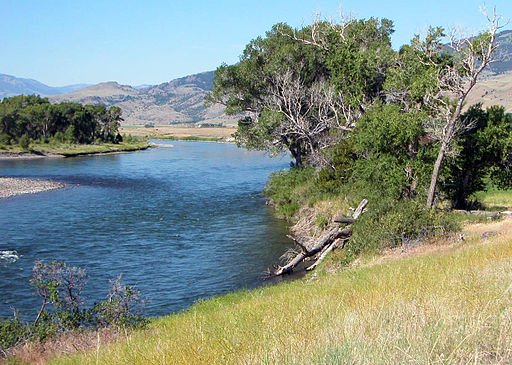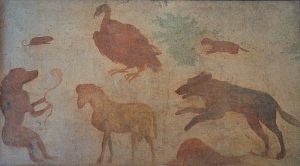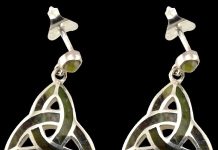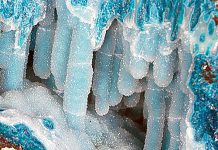
By Jim Brace-Thompson
Paradise Valley to Remain a Paradise for Now Despite the Gold
There’s gold in ‘them-thar hills,’ the hills in question being 30,000 acres of public lands around Paradise Valley and Gardiner Basin, Montana. And the gold will remain in those hills, at least for now.
At an outdoor ceremony in early October, U.S. Interior Secretary and Montana native Ryan Zinke noted that even though he graduated with a degree in geology and is a pro-mining guy, “There are places where it is appropriate to mine and places where it is not.”
With that, he signed a ban on new mining claims. In contrast, mining representatives note that the area has already long been a historical mining district, and they oppose limiting new claims for gold, silver, and other minerals on public lands here. They cite advances in mineral extraction techniques that, they say, would minimize environmental damage.
The ban imposes a 20-year mining moratorium, so all sides will have ample time to make their case for either preservation or exploitation of the land at this gateway to Yellowstone National Park.
Pompeii Exhibit Opens at the Reagan Library

When Mount Vesuvius erupted in 79 AD, the entire city of Pompeii was buried under 15 feet of volcanic ash and debris, freezing everyone and everything for time immemorial. And Pompeii became entrenched in the popular imagination of the Western world as the ultimate volcanic disaster.
Nearly 2,000 years later, the Ronald Reagan Presidential Library & Museum in Simi Valley, California, has gathered over 150 artifacts on loan from the National Archaeological Museum in Naples for a special exhibit that opened October 2018 and extends into April 2019. A big goal is not only to highlight the volcanic disaster but also to bring daily life of the Roman Empire into vivid relief with full wall-sized frescoes, sculptures, coins, everyday lamps and jugs, jewelry, and more, all dug from the volcanic debris. Some items remain seemingly as fresh as when buried. All are authentic artifacts dug from the ash, not models or replicas.
Finally, it appears that 3-D is now entirely old hat. After viewing the displays and learning the history, exhibit visitors can experience the eruption of Mount Vesuvius in four dimensions in a dramatic CGI Eruption Theater that includes booming sounds, smoke, and shaking alongside the movie. Says library official Melissa Giller, “The room sort of actually explodes on you.” That’s about as close to a Vesuvian eruption as I would ever hope to come.
Tales Told by Ancient Teeth Down Under
Ancient teeth provide paleontologists with all sorts of info about extinct animals. For instance, sharply pointed teeth with serrated edges suggest the owner (whether a megalodon shark or a T. rex dinosaur) was a meat-eating carnivore. Coarse, flattened teeth suggest creatures that munched leaves or other vegetable matter, as did ancient bison, duck-billed dinosaurs, and other herbivores. Our human teeth, as well as those of such critters as bears, tell of omnivorous diets that mix plant and animal ingredients. But teeth tell other stories, as well.
Paleontologists in Australia and The Netherlands released a study in the October 5 issue of the journal Science that uses teeth of ancient kangaroos to illustrate when, how and why Australia’s largest, most iconic herbivores expanded and diversified into any number of niches upon that island continent in the past 25 million years.
Past studies suggested kangaroos diversified as a result of drying climatic conditions during the Miocene Epoch and that certain species also declined to extinction during drying conditions in the Pleistocene. But this new study paints a more complex story, one that holds implications for just what drives rapid diversification—and extinction—as families, or clades, of critters evolve. The authors of this new study conclude that warm-to-cool oscillations in climate trigger evolutionary changes and radiations, and they refute arguments attributing extinction to so-called “aridity-forced dietary change.”
Author: Jim Brace-Thompson
 Founder and overseer of the AFMS Badge Program for kids.
Founder and overseer of the AFMS Badge Program for kids.
He’s also an inductee of the National Rockhound & Lapidary Hall of Fame within the Education Category.















